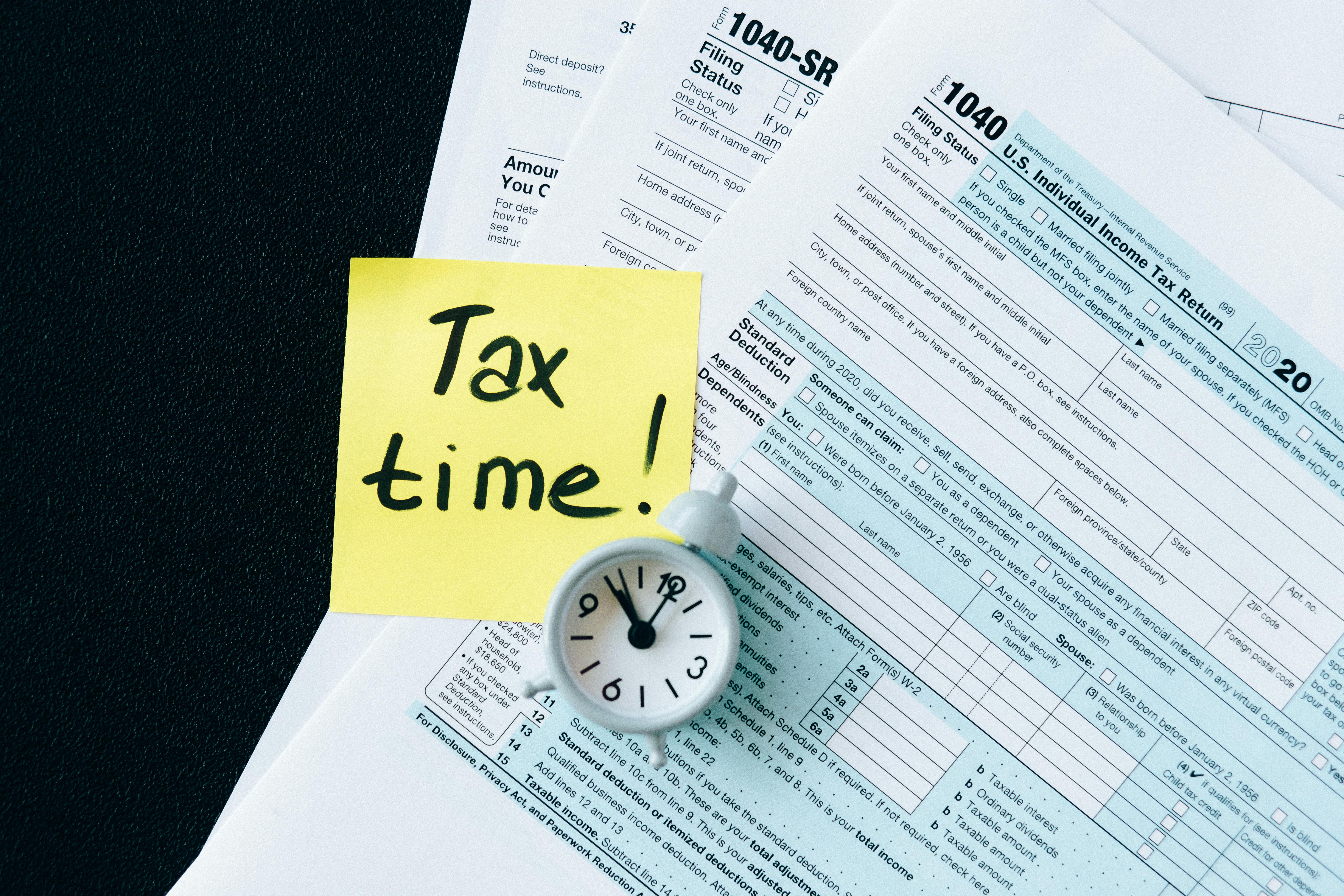The tax system has existed since ancient times, with farmers and landlords required to pay taxes in the form of cash, gold, silver coins, etc. As India progressed, and particularly during British rule, the tax system began to take a more structured form. The government started imposing taxes to make necessary amendments, create new structures, and ensure the well-being of its citizens.
In recent years, the tax system has undergone several updates. These reforms have helped the government create better infrastructure and promote development in the country. Over the past fifteen years, India has seen major reforms in tax slabs. Tax rates have been rationalised and tax laws simplified, leading to better compliance and smoother enforcement.
Let’s take a deeper look to understand the tax structure in India.
Role of the State and Central Government
The tax system in India defines the roles of both the Central and State governments. The Central Government collects taxes like Income Tax, Customs Duty, Service Tax, and Central Excise Tax. Meanwhile, the State Government imposes taxes such as State Excise Duty, VAT, Professional Tax, Land Revenue, and Stamp Duty, among others.
Local authorities like municipalities and local governments also collect smaller taxes, including property, payroll, sales, and licensing fees.
Now that we understand who handles tax collection and supervision, let’s explore the different types of taxes in India.
Types of Taxes
1. Direct Taxes
These taxes, as the name suggests, are directly imposed upon individuals and corporations. They cannot be transferred or borne by another individual or corporate entity. Some of the most common taxes in this category include Income Tax, Capital Gains Tax, and Wealth Tax.
Other taxes that exist in this category are as follows:
- Tax on Corporate Income
- Capital Gains Tax
- Personal Income Tax
- Tax Incentives
2. Indirect Taxes
Indirect taxes are not paid directly by the taxpayer to the government. Instead, they are levied on the goods and services you purchase. The collection of these taxes is handled by intermediaries, such as sellers or service providers. Let’s break down the different types of indirect taxes for a better understanding:
- VAT (Value Added Tax): This tax is charged by the State Government and applies only to goods sold within a specific state.
- Custom Duty: Goods imported into India from other countries are subject to customs duty, which is imposed by the Central Government.
- Octroi Tax: When goods are moved between states, this tax is levied on the goods being transported. The rates can vary between different state governments.
- Excise Duty: Domestic goods produced within India are subject to excise duty, also known as Central Value Added Tax (CENVAT), and is paid by the manufacturers.
- Service Tax: This tax applies to the services provided by service providers.
These indirect taxes are ultimately paid by the consumer, even though they are collected by the businesses or intermediaries.
GST
On 1st July 2017, Goods and Services Tax (GST) was introduced into India’s tax structure. This tax includes both direct and indirect taxes that are collected by both the Central and State governments of India.
GST has three main components:
- CGST: Central Goods and Services Tax, collected by the Central Government on goods and services sold within the same state.
- SGST: State Goods and Services Tax, collected by the State Government on goods and services sold within the same state.
- IGST: Integrated Goods and Services Tax, collected by the Central Government on goods and services sold between different states.
Here is a breakdown of the taxes that have been replaced by GST:
- Sales Tax
- Central Excise Duty
- Entertainment Tax
- Octroi
- Service Tax
- Purchase Tax
GST has simplified the tax structure in India. It is imposed at every stage of the supply chain, starting from the purchase of raw materials to the sale of finished products to consumers. At each stage, there is a transfer of ownership, and value addition takes place. This is why it is called a Multistage, Destination-Based tax, as the tax is collected at the point where the goods are finally sold to the consumer.
Summing Up
The tax structure in India has played a significant role in simplifying governance and standardising income tax rates. This has made it easier for the average person to understand the laws. As a result, it has led to smoother tax payments, better compliance, and improved transparency in transactions.
FAQs
What Is the Structure of Taxes in India?
The tax structure in India follows a three-tier federal system, which includes the Central Government, the State Governments, and Local Municipalities. Each level of government has specific powers to levy and collect taxes to fund its respective responsibilities and functions.
Who Is Liable to Pay GST?
Under the GST regime, tax is payable by the taxable person on the supply of goods and/or services.
What Are the Different Types of Taxes in India?
India’s tax system includes Direct Taxes (like Income Tax), Indirect Taxes (like GST), and taxes imposed by State and Local Authorities.







